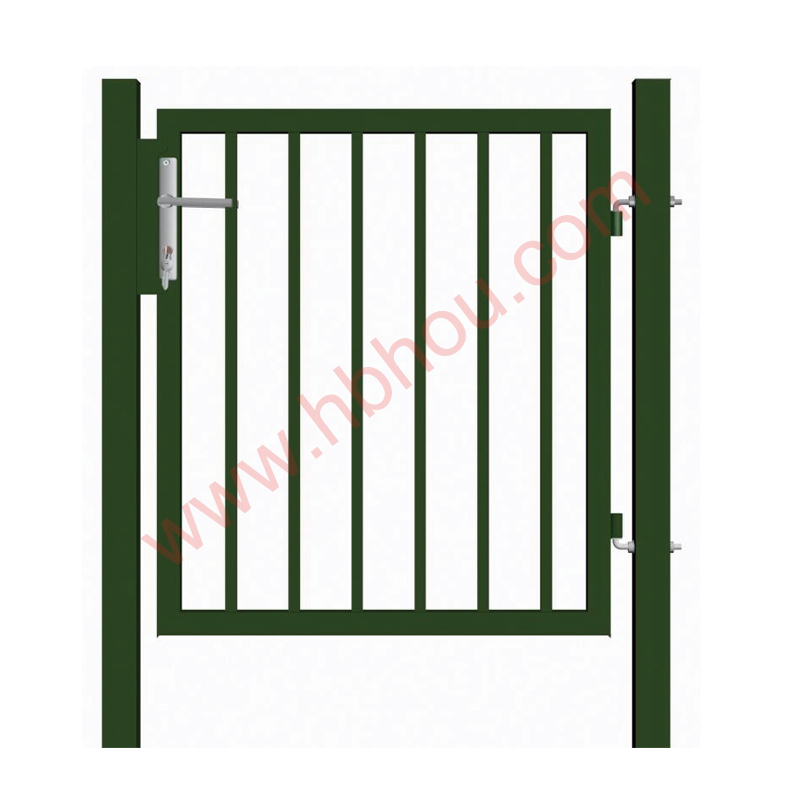Understanding Plant Support Mesh A Gardener's Best Ally
Gardening is a rewarding hobby that brings us closer to nature, providing not just aesthetic beauty but also fresh produce and a sense of tranquility. A crucial aspect of successful gardening, particularly when growing climbing plants and heavy-blooming flowers, is the use of plant support mesh. This innovative gardening tool enhances plant health and maximizes space, allowing gardeners to cultivate a lush and productive garden.
Plant support mesh, often made from materials such as nylon, polypropylene, or even biodegradable options, is designed to provide structural support to plants as they grow. It usually comes in the form of nets or grids that can be easily installed in various settings, from small urban gardens to expansive farms.
One of the primary benefits of using plant support mesh is its ability to promote healthy growth. Many plants, particularly varieties like tomatoes, peas, and cucumbers, require support as they mature. Without it, plants may sprawl on the ground, leading to a host of problems including increased risk of rot, pest infestations, and a greater likelihood of disease. By providing vertical support, plant mesh allows these plants to grow upwards, improving air circulation and sunlight exposure. This results in stronger, healthier plants and ultimately, better yields.
In addition to supporting plant health, plant support mesh also helps maximize garden space. By training plants to grow vertically, gardeners can effectively utilize limited space. This is particularly advantageous for those with small gardens or balcony setups, where square footage is at a premium. Vertical gardening can yield more produce in a smaller area, allowing urban gardeners to enjoy the fruits (and vegetables) of their labor without needing an expansive plot of land.
plant support mesh

The installation of plant support mesh is relatively straightforward. Gardeners can attach the mesh to existing garden structures such as fences or trellises, or they can create standalone supports using stakes or posts. The versatility of plant support mesh means it can be configured to suit various plant types and growth habits. For instance, closely woven mesh works well for smaller, delicate plants, while sturdier mesh is suitable for heavier crops.
When selecting a plant support mesh, it’s essential to consider the specific needs of your garden. Factors such as the type of plants you’re growing, the mesh’s strength, durability, and resistance to weather conditions are critical. Opting for UV-resistant materials can ensure longevity, particularly in sunny climates. Additionally, some gardeners may prefer biodegradable options to minimize environmental impact, especially if they practice organic gardening.
Another significant advantage of using plant support mesh is its role in pest management. Plants that grow upwards and are well-supported are less likely to touch the ground, minimizing their contact with soil-borne pests and diseases. This can significantly decrease the need for chemical pesticides, leading to a more sustainable gardening practice.
Moreover, many gardeners find that well-supported plants produce better fruit. When plants are evenly spaced and not dropping to the ground, they can absorb nutrients more effectively. This results in stronger, tastier produce that can be enjoyed fresh or used in various recipes.
In conclusion, plant support mesh is an invaluable tool for both novice and experienced gardeners alike. It promotes healthy plant growth, maximizes the use of space, enhances pest management, and can contribute to better yields. As gardening continues to gain popularity, especially in urban settings, incorporating plant support mesh into your gardening routine can elevate your gardening experience, making it not only more productive but also more enjoyable. Whether you’re growing a kitchen garden, a decorative flower bed, or any other form of greenery, plant support mesh proves to be a game-changer, ensuring your plants remain healthy and vibrant throughout their growing season.
















